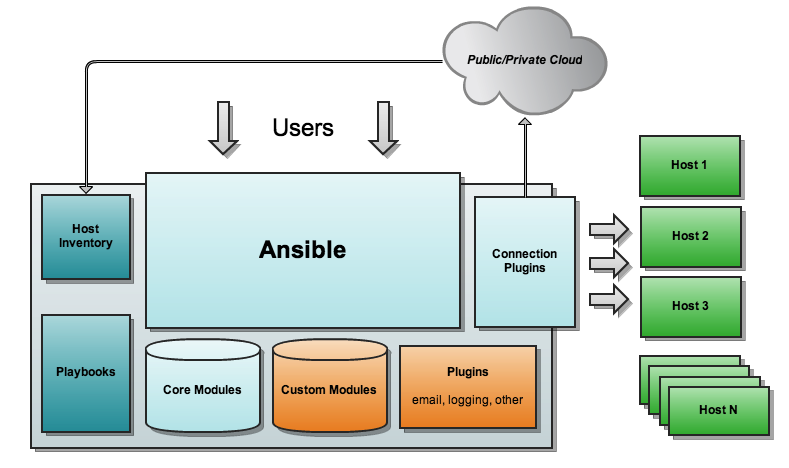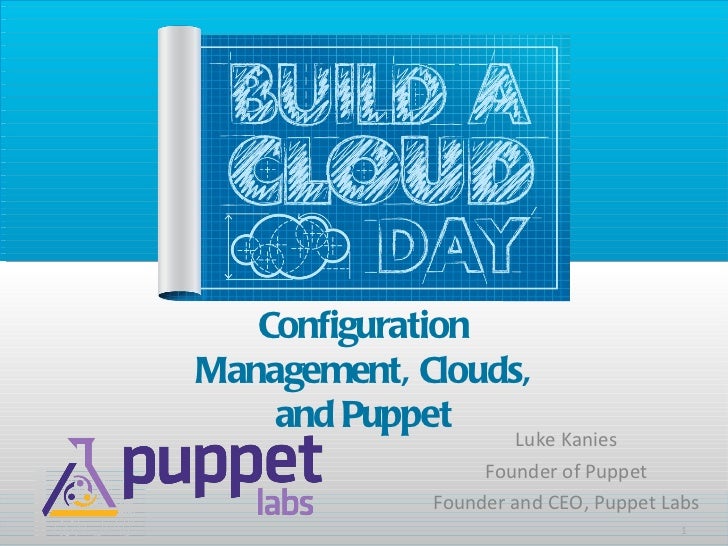Best Open Source Configuration Management Tools
Best Open Source Configuration Management Tools
Ansible

Ansible is a free configuration management tool. It is a simple automation system for managing and configuring computers. It is created by Michael DeHaan author of the provisioning server application Cobbler. Ansible is used for different configuration applications like cloud provisioning, configuration management, ad-hoc task execution. It also used for managing nodes overpower shell and multi-node deployment. Ansible comes with a Web User Interface (UI). The design architecture of Ansible is consists of five things Secure, Consistent, Minimal in nature, Highly reliable, and Low learning curve. Ansible supported Linux and Unix distributions, such as Red Hat, Debian, CentOS, OS X, and BSD operating systems. Ansible allows you to deploy public and private cloud environments.
Cfengine

Cfengine is an old name in configuration software tools the author of this project is Mark Burgess. It is a very comprehensive tool and provides high-level policy language for building expert systems. It is used to administrate and configure large computer networks. By using Cfengine you can manage and configure nodes and their configuration setting. It also provides the facility to automate your system administration task of installation and configuration, maintaining and establishing an inventory of all managed nodes, it used to report the compliance of configurations by groups. Its offers a web User Interface (UI) in the enterprise version. Cfengine is a very light weighted and faster configuration tool written in C language. It supported a wide range of platforms like RHEL 4, Open Indiana, SLES on Mainframe 390, Solaris 9 UltraSparc, Debian 4, etc.
Puppet

Puppet is an open-source and as well as commercial enterprise configuration software solution. It is written in the Ruby language. The puppet used a model-driven approach therefore it is easy to learn and an Ops-friendly configuration solution. It is a very mature smooth product and has a very strong user community. Puppet is features enrich the product. Features available in the enterprise version is greater as compared to the open-source version. Some main features presented by Puppet are task automation, provisioning of Amazon EC2, Google Compute Engine, orchestration, provide configuration management, number of supported modules, role-based access control support like external authentication, web GUI, event inspector, and many more. It also supported cross-platform.





